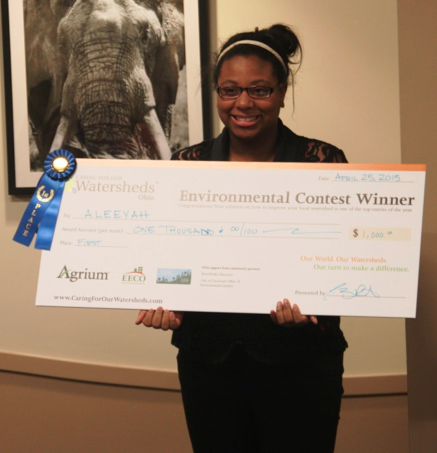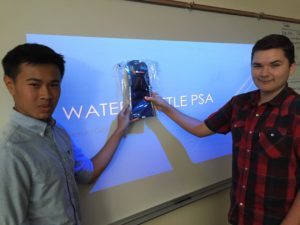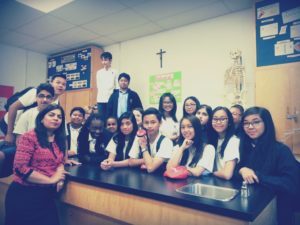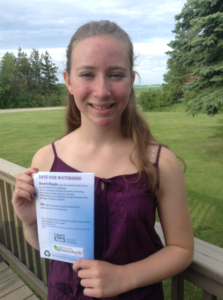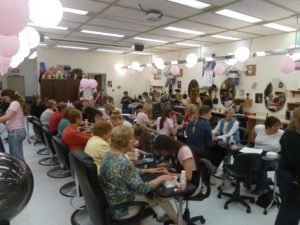2016, Calgary, Alberta, Canada
In 2017, Madeline Yeomans of Dr. E.P. Scarlett School in Calgary implemented her project 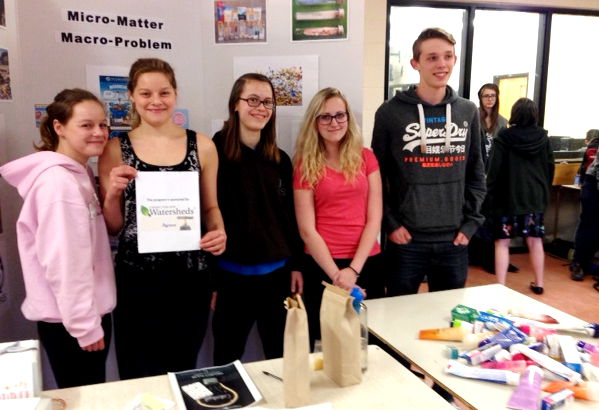 “Microplastics, Macroproblem”. Madeline was concerned about the amount of microbeads and microplastics in consumer products and the impact this is having on our watershed.
“Microplastics, Macroproblem”. Madeline was concerned about the amount of microbeads and microplastics in consumer products and the impact this is having on our watershed.
In an effort to combat this issue, Madeline held a “Microplastics Exchange” and information session at her school. Madeline advertised this event through her school to inform fellow students and teachers that the exchange would be taking place. For a one week period, students were encouraged to bring in products containing microbeads to exchange them for microbead-free products and receive education regarding the harmful effect of microbeads on the local watershed.
Microbeads are commonly used as exfoliants in facial cleansers and other skin products, yet these minute pieces of plastic do not dissolve in the watershed. These beads move through waste water filtration systems and are ingested by a number of marine organisms.
The Microplastics Exchange event at Dr. E.P. Scarlett School was a huge success and more than one hundred products containing microbeads were exchanged for eco-friendly equivalents.

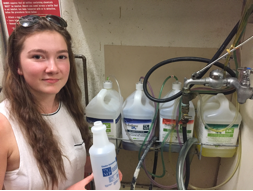
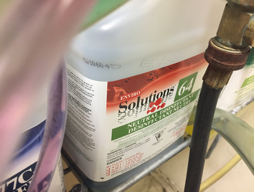 with, I have done the necessary research and I have determined the cost and quantity that my school would need for cleaning. By changing into an eco-friendly product our watershed will benefit and the water quality will improve because there is less chemicals flowing into the watershed.”
with, I have done the necessary research and I have determined the cost and quantity that my school would need for cleaning. By changing into an eco-friendly product our watershed will benefit and the water quality will improve because there is less chemicals flowing into the watershed.”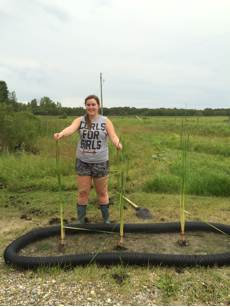
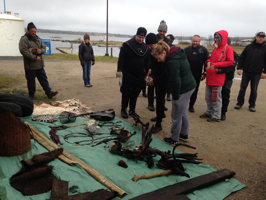
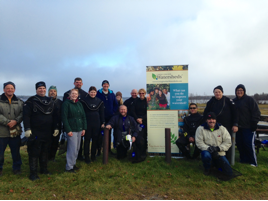 community. The marine life will have more areas to lay eggs, less debris on the lake floor, and have more plant life for the fish to feed on.”
community. The marine life will have more areas to lay eggs, less debris on the lake floor, and have more plant life for the fish to feed on.”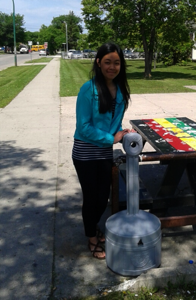 ada
ada